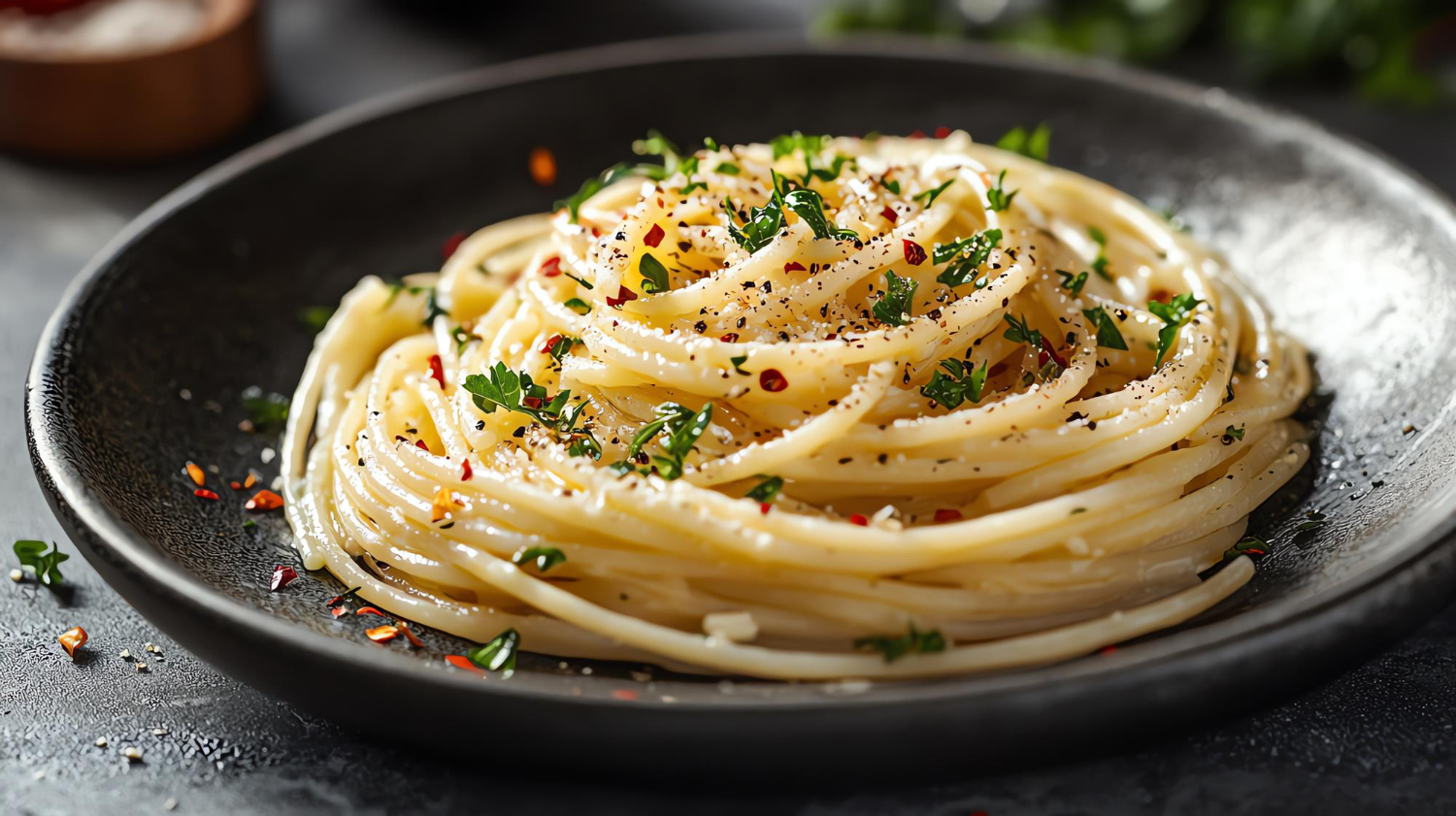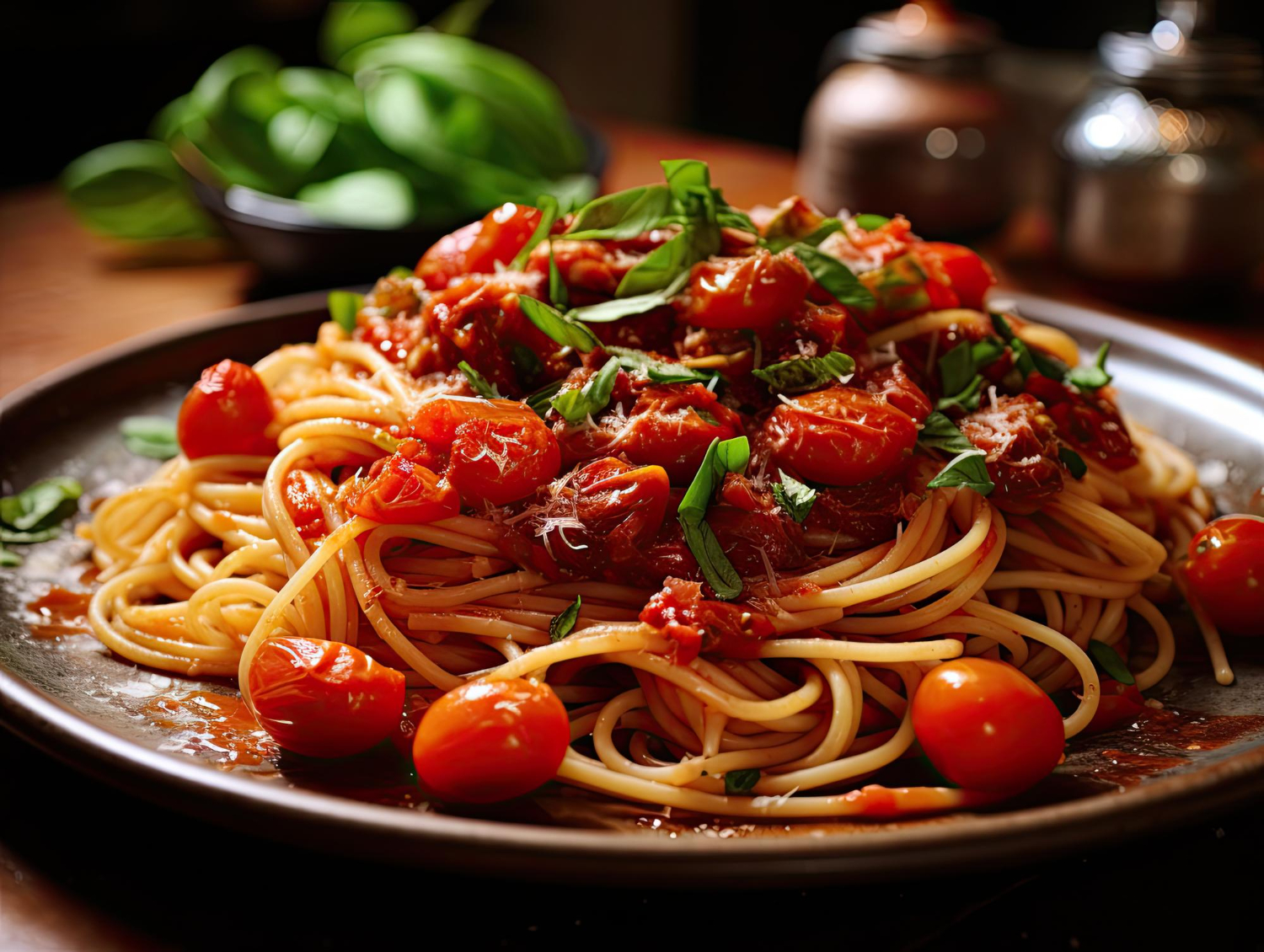Photo: Freepik
It is far more than food on a plate but represents the culinary treasure of Naples. Recently it was inscribed on the list of Intangible Cultural Heritage as a representative of a country: Italy. Historians trace its roots to the 18th century, when it was invented to help feed poor working people something that was not just filling but also affordable. It’s known worldwide, though not much like it is so touted in the major metropolitan centers, where New York-style pasta is king.
Authentic Italian pizza is simple – soft crust with leoparded edges and almost bare toppings. The main secrets of real Neapolitan pizza are the ingredients and technology of their application. The dough costs only flour, water, salt, and yeast to make it and should grow during a long time. The filling is also simple: sweet and sour San Marzano tomatoes, fresh or better still, from buffalo milk, mozzarella, and fragrant basil.
A drop of good olive oil with an aroma completes the harmony of tastes. Magic happens in the hearth – the fiery vortex of a wood-burning oven in which pizza is baked at 900°F or higher for 60 to 90 s. On its periphery, it may have blisters from an almost burnt crust but on the inside, it is soft. To make Neapolitan pizza at home, you need to be very accurate.
Prepare the dough with 00 flour and let it rise in a warm place for 8-24 hours. When you don’t have a wood-fired oven, using a preheated pizza stone at the maximum temperature your oven can get will do. Do not roll out the dough with a pin but stretch it gently by hand to preserve the bubbles and do not overload it; after all, the true Neapolitan pizza must do with moderation, not excess.
Whether you are making Margherita the traditional way, or playing around with your creations, producing Neapolitan pies embodies the Italian trip. It reminds you that just like in any artisan craft as long as the procedure and enthusiasm for quality ingredients are done, simplicity doesn’t have to be tasteless. Bring the real taste of Naples to your table by following our step-by-step instruction. Buon appetito!
Neapolitan pizza
1
servings1
hour15
minutes259
kcalIngredients
500g (4 cups) of all-purpose flour (preferably 00 flour)
325ml (1⅓ cups) of water, lukewarm
10g (2 tsp) of salt
1g (¼ tsp) of fresh yeast or 0.5g (⅛ tsp) of dry yeast
- Topping
400g (1⅔ cups) of canned San Marzano tomatoes, crushed
200g (7 oz) of fresh mozzarella cheese, sliced or torn into small pieces
Fresh basil leaves
Extra virgin olive oil
Salt to taste
Directions
- Activate the Yeast:
- In a large mixing bowl, dissolve the yeast in lukewarm water. Let it sit for a few minutes until the yeast is activated and bubbles form.
- Add the flour and salt to the bowl. Mix until the ingredients are combined and a dough forms.
- Transfer the dough to a lightly floured surface and knead for about 10-15 minutes until smooth and elastic.
- Divide the dough into four equal parts. Shape each part into a ball and place them on a floured surface. Cover with a damp cloth and let them rise at room temperature for about 8 hours, or until doubled in size.
- Prepare the Topping:
- In a bowl, crush the canned tomatoes by hand or with a spoon. Add a pinch of salt to taste. Slice or tear the mozzarella cheese into small pieces.
- Shape the Dough:
- Preheat your oven to the highest temperature possible (typically 250-300°C or 482-572°F). If you have a pizza stone, place it in the oven to heat up.
- On a floured surface, take one dough ball and gently press it down with your fingers to form a disc. Gradually stretch the dough outwards, rotating it as you go, until you achieve a thin, round base with a slightly thicker edge.
- Assemble the Pizza:
- Place the stretched dough on a pizza peel or an inverted baking sheet sprinkled with flour or semolina.
- Spread a thin layer of crushed tomatoes over the base, leaving the edges clear for the crust.
- Evenly distribute the mozzarella pieces over the tomato sauce.
- Add a few fresh basil leaves on top.
- Drizzle a small amount of extra virgin olive oil over the pizza.
- Bake the Pizza:
- Slide the pizza onto the preheated pizza stone or baking sheet in the oven.
- Bake for 7-10 minutes, or until the crust is golden and the cheese is bubbly and slightly browned.
- Serve:
- Remove the pizza from the oven and garnish with a few more fresh basil leaves.
- Slice and serve hot.
Notes
- Optionally you can add any toppings, like mushrooms, chicken or corn.
















